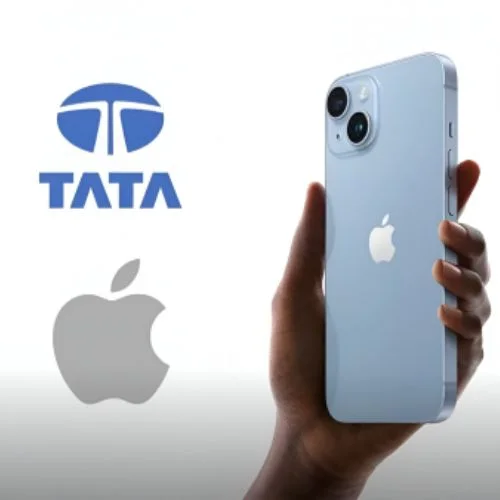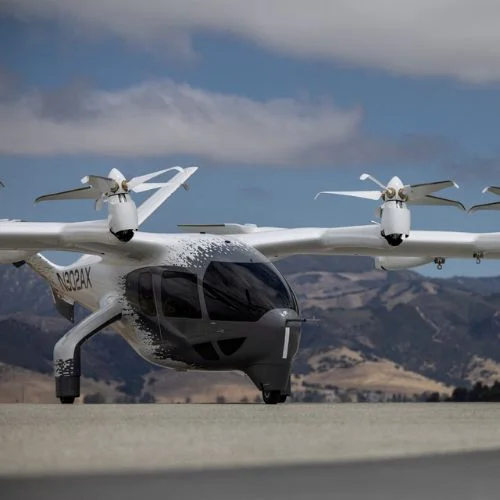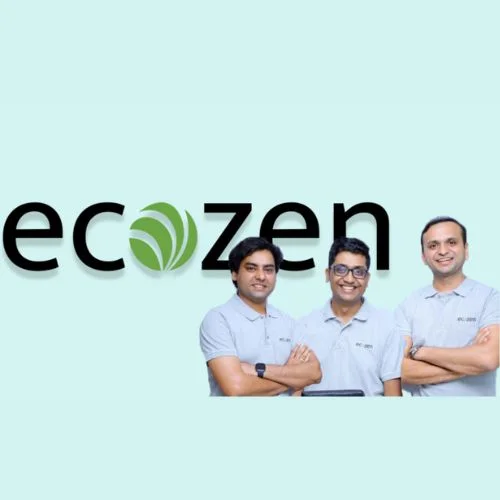India’s web retail development, became 22% in FY23 to $60 billion in gross product esteem (GMV). The development rate is slower in contrast with the pandemic years — which saw the development of 36% each in FY22 and FY21, says a report by Redseer Procedure Experts.
“Notwithstanding losing force, e-following today is 2.5x of pre-Coronavirus levels and is performing obviously superior to in general retail utilization, which has been lukewarm in the new quarters because of expansion concerns,” said Mrigank Gutgutia, accomplice at Redseer. This strong development is driven by a profoundly applicable and reasonable stockpile on e-following stages and normalised insight. Development in direct-to-buyer marks and sped-up reception of customary brands supported the development, as per Redseer’s India E-following Update.
Development in standard e-customers.
Simultaneously, customers are giving indications of development – as shown by shopping web-based turning into a propensity. There are upwards of 65 million month-to-month clients or normal customers — this is the most elevated it’s at any point. However numerous as 31% of yearly customers seem to be current month-to-month customers too. This number is up from 23% in FY21 – demonstrating that more individuals shop online all the more often across classifications.
“Throughout recent years new clients who will attempt Online business all through the nation have expanded and non-metro clients represent an enormous portion of the complete client base in FY23. The development in new clients has likewise become consistent,” Redseer says.
It’s style over telephones.
The profundity of the e-following business sector has become when contrasted with pre-Coronavirus levels, across classes. Cell phones had been the most predominant classification before the pandemic, in FY19, yet presently design has turned into the single biggest class, representing 27% of deals. Versatile deals are a nearby second at 25%.
“Vital organizations of web-based business stages with worldwide and Indian brands alongside an adjustment of customer blend and a rising portion of ladies customers has brought about a blast of style deals,” Gutgutia adds.
Stages get some momentum.
The dealers additionally have been acquiring. With 1.2x better take rates, the income from item deals across India e-following has become 3x – from $2 billion in FY19 to $6 billion in FY23. As the quantity of incessant e-customers develops, the stages can differentiate their income as well.
Notice income of e-following likewise encountered a precarious development, with promotion adaptation creating more than $1.2 billion in FY23.
The report likewise said that Flipkart bunch, one of India’s spearheading web-based business destinations, has been the strongest as far as a piece of the pie over the most recent couple of years, with a portion of the overall industry of 48% in FY23.
Redseer says that Flipkart endured contests from occupants inferable from a huge determination, changed moderates, and built areas of strength for and of requirements of the immense e-following customer base in India including those from T2+ urban communities.















